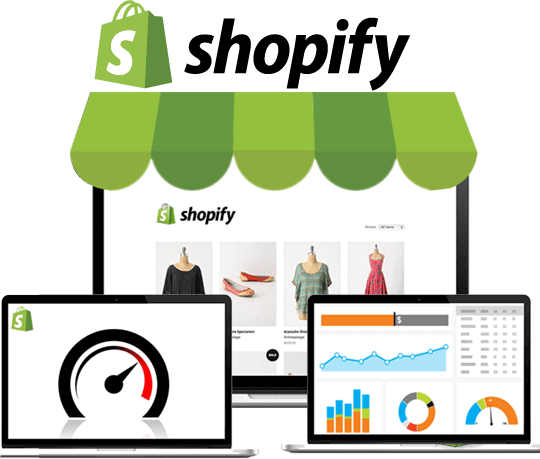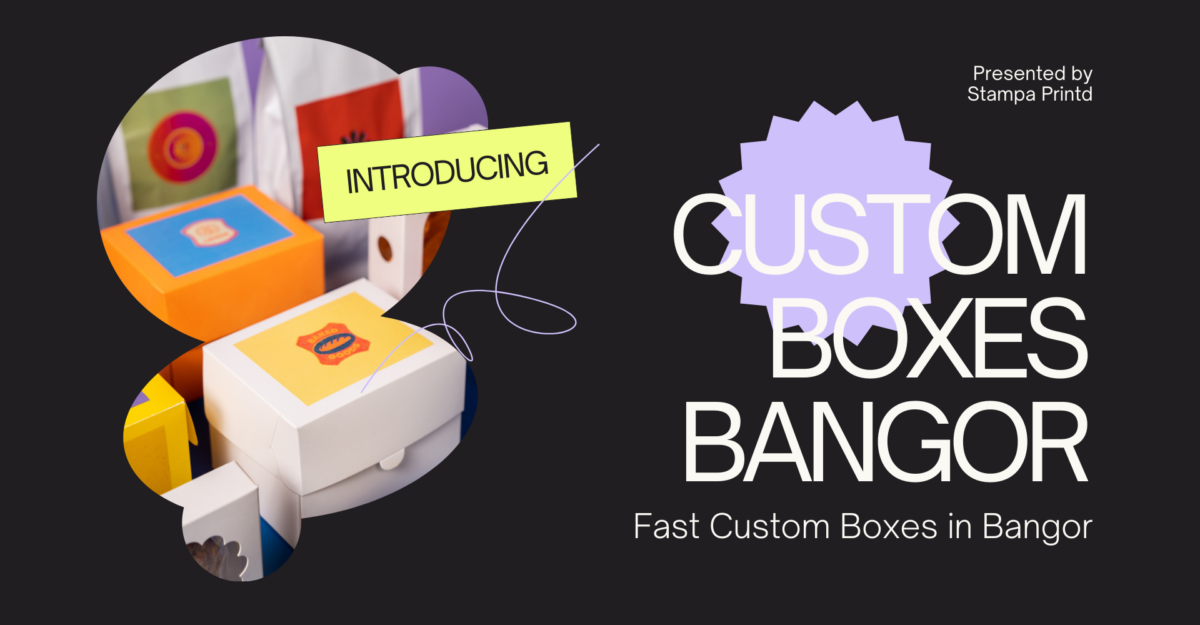Shopify Store Development: A Complete Guide to Building

1. Configuring Your Shopify Account and Basic Setup
You can start a Shopify store development by setting up an account. Shopify provides a free trial to start using the application and getting accustomed to the features. After signing up, you are then required to set up the basic information about your store.
Store name and URL: Choose a name that represents your brand, and secure a unique Shopify URL. You can also assign a custom domain.
Contact and business information: Include your business address, telephone number, and other contacts if you find it necessary.
Payment: Shopify is connect with all the major payment gateways. You can select any of the payment options from Shopify Payments, PayPal, and other credit card processors. This will make it very convenient and efficient for a customer to make purchases when you have this setup in place early.
2. Choosing a Theme and Adapting Your Store Design
It is one of the best features of Shopify-the huge amount of free and paid customizations available for your theme. Themes allow you to achieve an entirely different look and design without the need to have advance skills in designing. The tips in searching for the appropriate theme are:
Think of brand aesthetics: Choose the type of theme that suits well with your brand’s taste or style. You might find that you like something clean, colorful, or classic.
Find functionality: Certain themes contain specific functions, such as product zoom or video. Some sections of the theme are designed to encourage the selling of certain products.
Customize it: Using a user-friendly drag-and-drop Shopify editor, you can experiment with color, font and layout for your theme. If you’re a bit more technical, then access the theme’s HTML and CSS to really customize your theme.
3. Add products and collections
The products are the lifeblood of any Shopify store development, and creating clear, attractive listings is fundamental. In adding a product:
Provide high-quality photos and descriptions: Use images that showcase your product from multiple angles and write clear, engaging descriptions that highlight the benefits and features.
Organize products into collections: Clustering similar products under collections (for example, “Men’s Apparel,” “Best Sellers”) makes it easier for customers to find what they are looking for. Collections are also great for seasonal promotions or new arrivals.
4. Configuring Shipping and Tax Settings
Shopify makes it simple to set up shipping and tax settings, which are important to a smooth shopping experience:
You are allow to choose shipping rates, free, flat or calculated. It lets you determine the rate most appropriate to your business, and even supports real-time shipping integrations with the biggest carriers in the business – USPS, UPS, DHL etc.
Taxes can also be configure so that depending on your location and that of your customer, Shopify auto-computes taxes so that it can save you from errors of calculations and wasting precious time in calculating it
5. Configure SEO and Analytics Tool
SEO is a prerequisite to make your store easily visible to customers. Although Shopify has inbuilt features to help you with search engine optimization, here are some steps that can maximize their use:
Optimize your product titles and descriptions with relevant keywords that the potential customers would look for.
Edit the meta tags and URLs in Shopify. Shopify will provide you with the chance to edit meta titles, meta descriptions, and URLs on a page basis, thereby optimizing your store’s ranking for search.
Install Google Analytics: Shopify integrates easily with Google Analytics, whereby one tracks visitor data, conversion, and other key metrics for his or her marketing strategy adjustments.
6. Testing Launching Your Store
A full test of your store goes live before the grand unveiling. Preview it on your smartphone, tablet, and laptop to ensure everything from listing products to the check out process is all good. Make test orders to simulate shopping experience and ensure all your settings are right.
Once you are satisfied with the setup, you can launch your store! Shopify features include built-in marketing tools, such as email campaigns and social media integrations, to help you market your new online business.
Conclusion
Shopify store building is an easy yet incredibly powerful way to build a business thriving online. From flexible themes to seamless payment, Shopify has everything you would need to build a beautiful user-friendly store that attracts and keeps the customers coming. You’ll find the time to correctly set up your store and harness Shopify’s built-in tools in order to build your professional e-commerce site that is driving sales and strengthening your brand. Happy selling! visit Leo Tech Online for more services.











